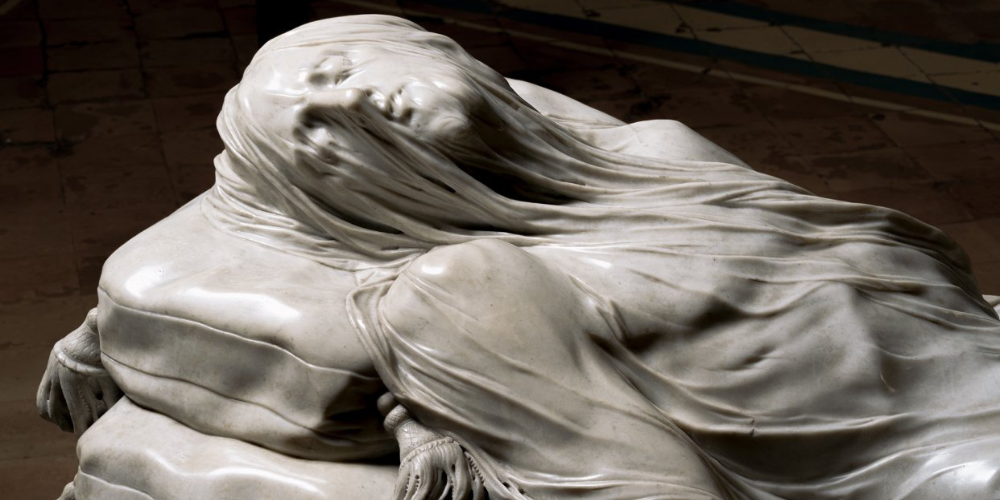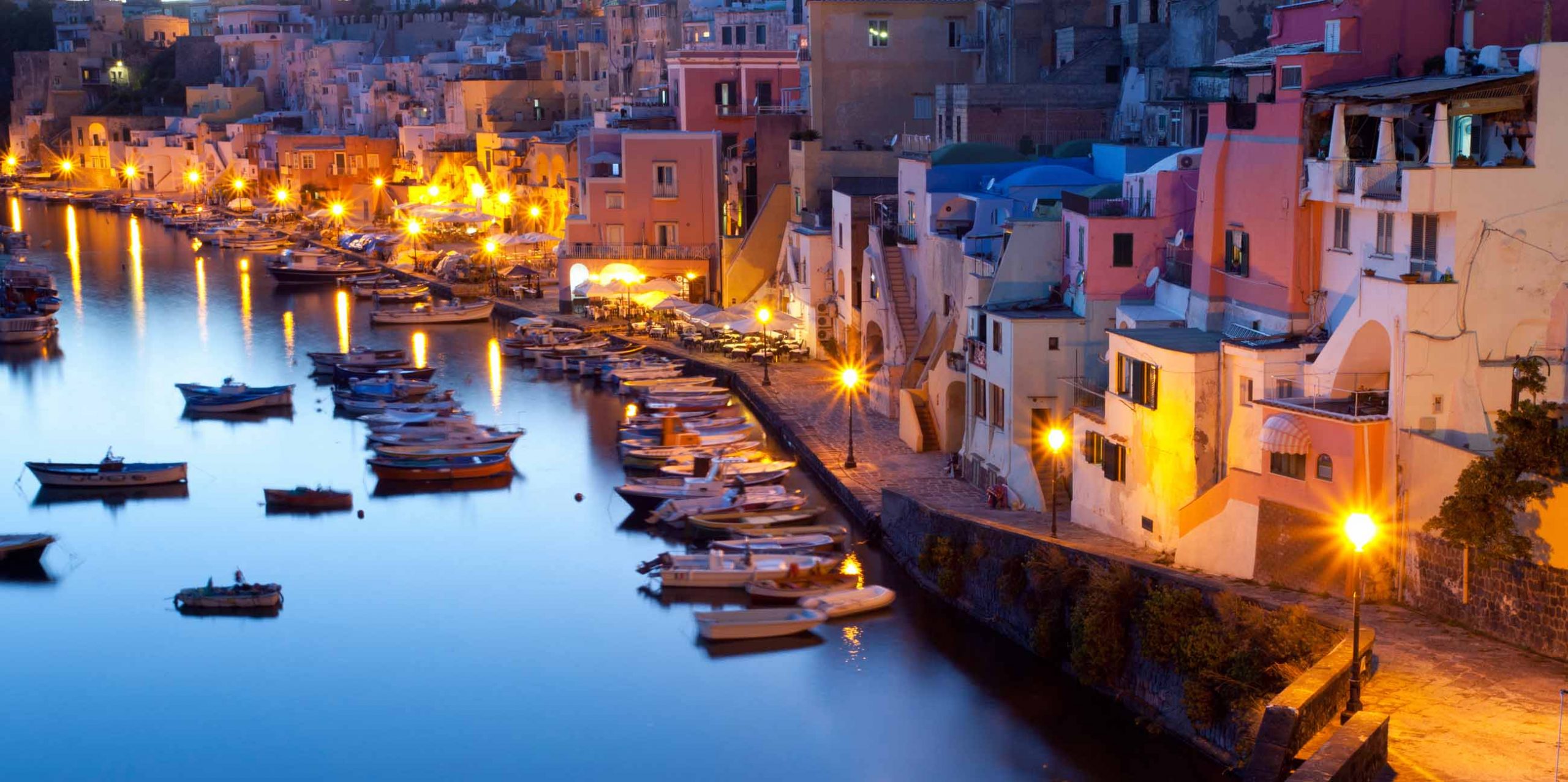Naples is a magical place, a city of unique richness that combines history, beauty, culture and flavours. From food to art, passing by the sea and its eternal charm, choosing to come here is always a fantastic idea, regardless of the seasons. All the more so if you allow several days for your holiday, thus spending at least five days in Naples.
Getting ahead of the art and cultural sites between bookings and promotions is essential in a city as busy as Naples actually is. So here we step in, offering the most useful help possible by recommending the invaluable weapon of the 5-day Naples Pass for visiting Naples. This is a pass that offers free access and/or discounts at more than 100 attractions. No matter which target group you belong to, whether you are a lover of art, food, history: Naples is always the right choice.
What to do in Naples in 5 days

Visiting Naples in 5 days is by no means easy, given the incredible breadth of options the city offers visiting tourists curious to discover and experience it. Let us try to make a meticulous choice, reducing the scope as much as possible while optimising time and space. We would start with a first day of full immersion in the historic centre, exploring the Quartieri Spagnoli and Spaccanapoli.
From the centre it is then easy to reach Capodimonte via the Rione Sanità, admiring the museum and the wood of the same name. We would dedicate the second day entirely to discovering the city's main artistic heritage, starting with the National Archaeological Museum and then reaching the Sansevero Chapel to admire the Veiled Christ. Staying on the theme (and in the area), we would also include a visit to Napoli Sotterranea, a place of eternal fascination waiting to be discovered.
From artistic aesthetics we then move on to the natural, unravelling Posillipo and Mergellina, chic and elegant gems of the city. Then let us not forget the possibility of also moving by sea, being able to count on marvellous islands such as Procida, Ischia and Capri, wonderful places surrounded by crystal-clear sea. A final note on what is perhaps the greatest symbol of Naples: Vesuvius.
Day 1

The first day of your trip to Naples will start with the discovery of two iconic areas in the city centre: the Quartieri Spagnoli and Spaccanapoli. These are the places where you probably breathe most of the Neapolitan spirit in all its essence, so it is a good idea to start from here to fully experience Naples. The Quartieri Spagnoli have become iconic also and above all for the ‘Murales di Maradona’, where fans and devotees ‘pilgrimage’ from all over the world to pay homage to the Pibe de Oro.
From here, it is easy to reach Spaccanapoli and cut through the historical centre via Via Toledo, the historic Neapolitan street dedicated to shopping and local street food. Among other steps, we pass Piazza del Gesù where there is the church of the same name, very interesting and a must-see. Not only that, we are also only 10 minutes away from San Gregorio Armeno, the historical street of nativity scenes. About 800 m from there you can catch the bus to head for the other stop of the day: Capodimonte.
Capodimonte is home to the palace of the same name and the famous Museo e Real Bosco di Capodimonte, one of the most important artistic sites in Naples. The palace was built in 1738 by King Charles of Bourbon, and inside it housed, and still does today, the collection of his mother Elizabeth Farnese. It is a magnificent architectural work that contains masterpieces by, among others, Raphael, Titian, Correggio and Parmigianino. The Real Bosco di Capodimonte, on the other hand, is the largest green area in Naples, an ideal place for breathing fresh air, strolling, jogging and picnicking.

The second day continues under the banner of art and culture, dedicating us to the discovery of other artistic heritages, the pride of Naples and the whole of Italy. We start with Napoli Sotterranea, a cult site worth seeing. The various accessible routes take us back two millennia, while with artefacts and handicrafts we can almost reach the prehistoric age. One of the unmissable things in the excavations is the dense network of tunnels built during the Second World War as a shelter for the population during bombing raids.
We then move on to the National Archaeological Museum of Naples (MANN), another Neapolitan gem, also included in the Naples Pass benefits. We are talking about one of the most important museums in the world, located right in the heart of the city. Here you can find an extraordinary collection of artefacts from Greek and Roman antiquity, as well as significant pieces from the Egyptian and Etruscan civilisations. One of the jewels of the MANN is the Farnese Collection, consisting of sculptures, gems and artefacts that once belonged to the powerful Farnese family. Among the most famous pieces is the Farnese Bull.
Having finished our journey inside the MANN, about a kilometre's walk away we find another iconic place in the city, because of an eternal and world-famous work of art: the Sansevero Chapel. Clearly the masterpiece we are talking about is the ‘Veiled Christ’, the celebrated marble sculpture by Giuseppe Sanmartino dated 1753. The work depicts the dead Christ, covered by a translucent veil carved in the marble itself. Sanmartino's technical mastery in creating the effect of the veil has aroused such admiration and wonder that the ‘Veiled Christ’ is one of the most admired and studied sculptures in the world.
.png)
No culture for your third day in Naples, we focus on the scenic beauties the city has to offer, breathing in two of the most beautiful and elegant areas. We start in Posillipo, a place with a high degree of romance given its breathtaking views of the Gulf of Naples. Between Via Petrarca and Via Posillipo, as well as the 13 slopes of Sant'Antonio near the church of the same name, there are so many streets to walk along with a view of the horizon.
If the day permits, and so the temperature is nice and warm, going to the beach at Gaiola is a must. It is a perfect place for a touch of the beach as it is free of charge while being an authentic gem of the city. If, on the other hand, the day is nice but not too hot, it is perfect for a walk in the Virgiliano Park, one of the most beautiful parks in the entire region. Whether in the morning or at sunset, visiting this beautiful green space is always a perfect choice.
From Posillipo, the easiest area to get to is undoubtedly Mergellina, always looking for beauty and wonderful views. In fact, it is possible to get there either on foot, although it is quite a walk, or by bus, with the 140 very convenient to take. Here the perfect combo is undoubtedly a walk along the seafront plus a tour of the Villa Comunale, the city's famous and historic park. From there it is almost natural to choose one of the many restaurants with a sea view.

For your fourth day in Naples, we thought we would take advantage of other beauties the city has to offer, this time accessible only by sea. We are talking about the three most famous islands in the Neapolitan Gulf: Capri, Ischia and Procida. They are a boast of the city, three authentic pearls that attract an incredible number of tourists from all over the world. Capri is probably the most famous of the three, renowned for its breathtaking beauty and glamour. Among the most iconic attractions are the Faraglioni, three imposing rocks rising out of the sea, and its Piazzetta, the beating heart of the island where you can enjoy a good coffee and admire the scenery.
We then move on to Ischia, the largest island by extension of the three. It is best known for its natural hot springs and lush landscapes, and in fact offers numerous thermal springs and spas, making it an ideal destination for those seeking relaxation and wellness. The most striking beaches are undoubtedly Maronti and Sant'Angelo. Also in Sant'Angelo is the bay of the same name, characterised by marvellous scenery just a stone's throw from the sea. Let's not forget the iconic Aragonese Castle, a medieval fortress on an islet connected to Ischia Ponte by a stone bridge.
We close with Procida, the smallest and least touristy island of the three but no less beautiful and fascinating for that. In fact, it was elected Italian Capital of Culture in 2022, no small boast. Procida is a very characteristic little island thanks to its narrow alleys and the colours that paint its little houses, giving it a unique atmosphere. Among the main attractions are
Marina Corricella with its pastel-coloured houses overlooking the harbour. The most famous beach is undoubtedly that of Chiaiolella, quiet and calm but at the same time wonderful.
-min.png)
You cannot say you have visited Naples without admiring Vesuvius, arguably the eternal symbol of the city. So your trip to the city ends on a high note, precisely with the discovery of the imposing volcano. To perfect the itinerary, however, we have thought of including two other iconic places rich in history: the excavations of Pompeii and Herculaneum. The starting point will be Pompeii, from there we will then travel 16 km to Herculaneum. Another half an hour's drive and we will then reach the Vesuvius National Park.
The ruins of Pompeii are extensive and include houses, temples, theatres, shops and baths, preserved under a thick layer of ash and lapilli. Here you can admire frescoes, mosaics and sculptures that tell stories of a distant past waiting to be rediscovered. The Forum, the Amphitheatre and the House of the Faun are just some of the sites not to be missed. Herculaneum is definitely smaller, but just as interesting to visit, especially the luxurious ancient villas such as the House of the Deer and the Villa of the Papyri. There is no shortage of everyday places such as shops and thermal baths.
We now come to the last stop on your trip to Naples: the Vesuvius National Park. Established in 1995, this is a protected area of extraordinary beauty and ecological importance that extends around Mount Vesuvius. This park offers a unique mix of history, nature and geology, attracting visitors from all over the world interested in exploring both the natural majesty and traces of the past. The park offers several hiking trails to make the most of the volcano. The most famous trail is number 5, also known as the Gran Cono, which leads directly to the crater of Vesuvius, offering spectacular views of the Gulf of Naples, the Sorrento peninsula and the island of Capri.










Lascia un commento